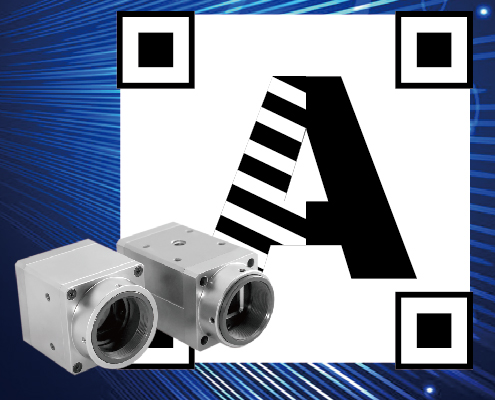How Vision Can Improve Operations
E-commerce has forced the logistics industry to take inventory of how it applies automation and machine vision. More products become available online every year and as consumers increasingly expect those products to be customized and delivered within days, logistics operations must be able to process massive databases of SKUs and information. Expectations for customization and fast delivery often compete against each other in the warehouse.
For decades, bar code scanners were the workhorse of the track and trace industry, and they continue to evolve to keep pace with changes in distribution. But the need to collect more data more quickly from more packages has prompted more advanced vision technology to become a fixture in many distribution operations.
When we first went into logistics, the industry was predominantly using laser-based sensing technology to read bar codes. Initially, competition thought we were crazy for trying to do this with area scan cameras—the same type of technology that’s on your smartphone—because there were several technical challenges to overcome, such as depth of field, lighting, speed, etc.”
Overnight (Delivery) Growth
Cell phone technology progressed to offer not only higher resolution and smaller form factors for pixels and chips, but also the improved processing power and lower costs required to provide a strong foundation to become an industrial solution. The potential that embedded imaging held for the changing logistics industry was clear.
One basic benefit of post-analysis is redundancy. If a parcel containing valuable goods enters a distribution center and its barcode label gets ripped off or damaged, then you don’t know where to tie it back to or where it should go. It will becomes lost money.
What many companies are trying to do is to capture images of a package either when it enters the facility with a barcode label intact, or even when the label is applied. If I store all that data together and the label gets separated in the chain of custody, I still have a better chance of tying that package’s information back together.
Scanning, Imaging, and Beyond
Despite imaging’s comparative differences to laser-based bar code scanners, the two remain complementary rather than competitive solutions. Lasers often have an advantage when reading codes at a distance, in motion or applied somewhere on a large package, such as a refrigerator box. But the technology is migrating toward imagers, imagers are one step away from machine vision.
If you want to do advanced OCR, you have to use more advanced vision technology to train the font, apply different font libraries, or to read fonts of different colors or types on the same package. You need a machine vision system with programmability built into the system to do that.
As users compare the relative versatility of scanning, imaging, and vision at the system level, component advances are also injecting greater versatility into the mix.
As the travel speed of package conveyors has increased, image technology has evolved to keep pace. This enables you to dynamically focus the camera in all situations, which gives you pretty much indefinite depth of field to capture one bar code that’s really close to the camera and a subsequent one 3-4 meters away. Capturing parcel dimensions is also becoming important for logistics as shipping packages come in an increasing range of shapes, surfaces, and proportions, and as distribution operations employ dimensional-based pricing models. It caused the image technology step a big pace not only the image capture but also image analysis further more to connect with sever about big data or could computer for more data information.
Innomiles machine vision software included with barcode, OCR identification modules and also could automatically identify and shape from the conveyor to calculate the objects quantity. It does help the factory to track the production conveyor for the tracking record.
Contact with us for the further information: sales@innomiles.com


